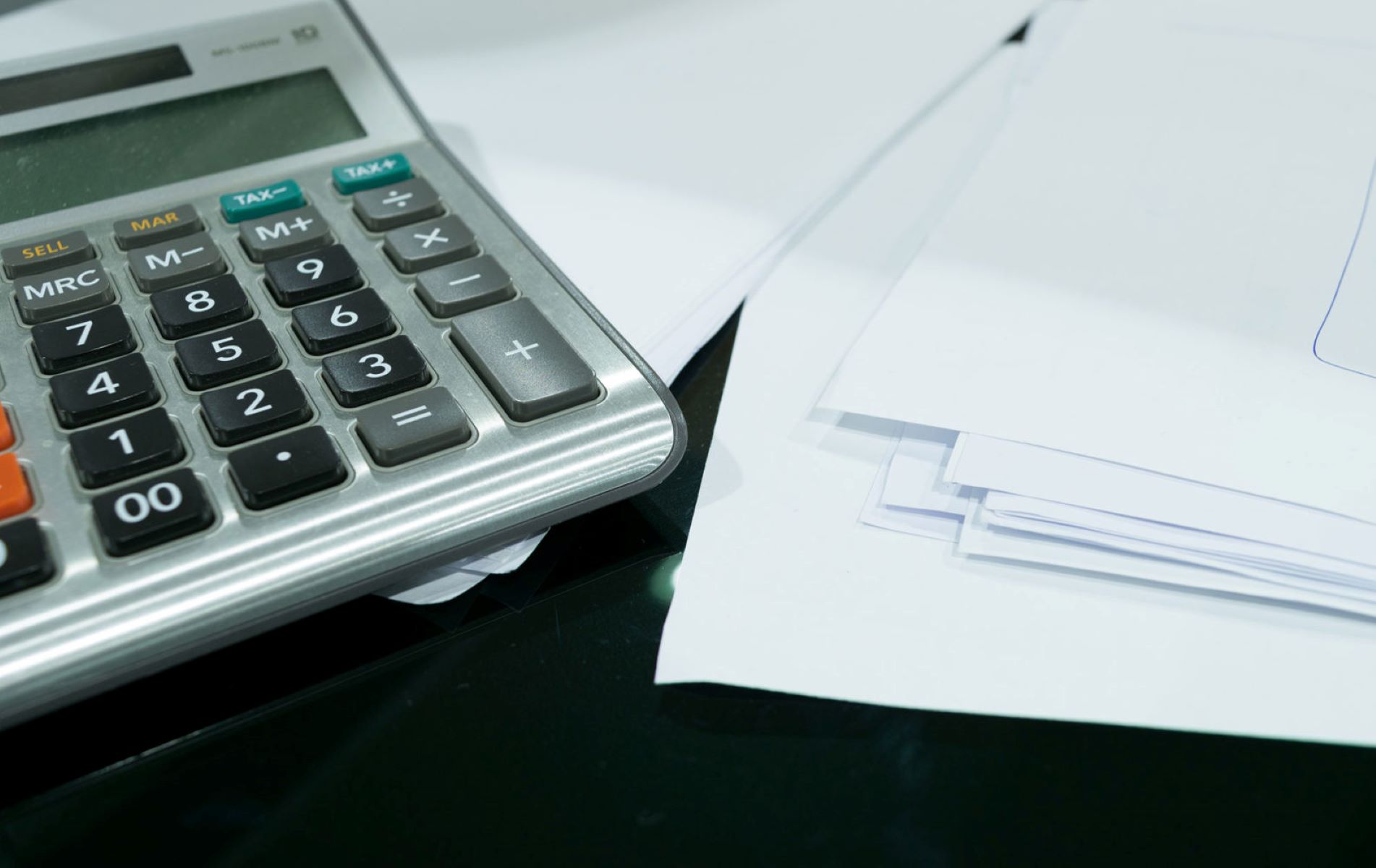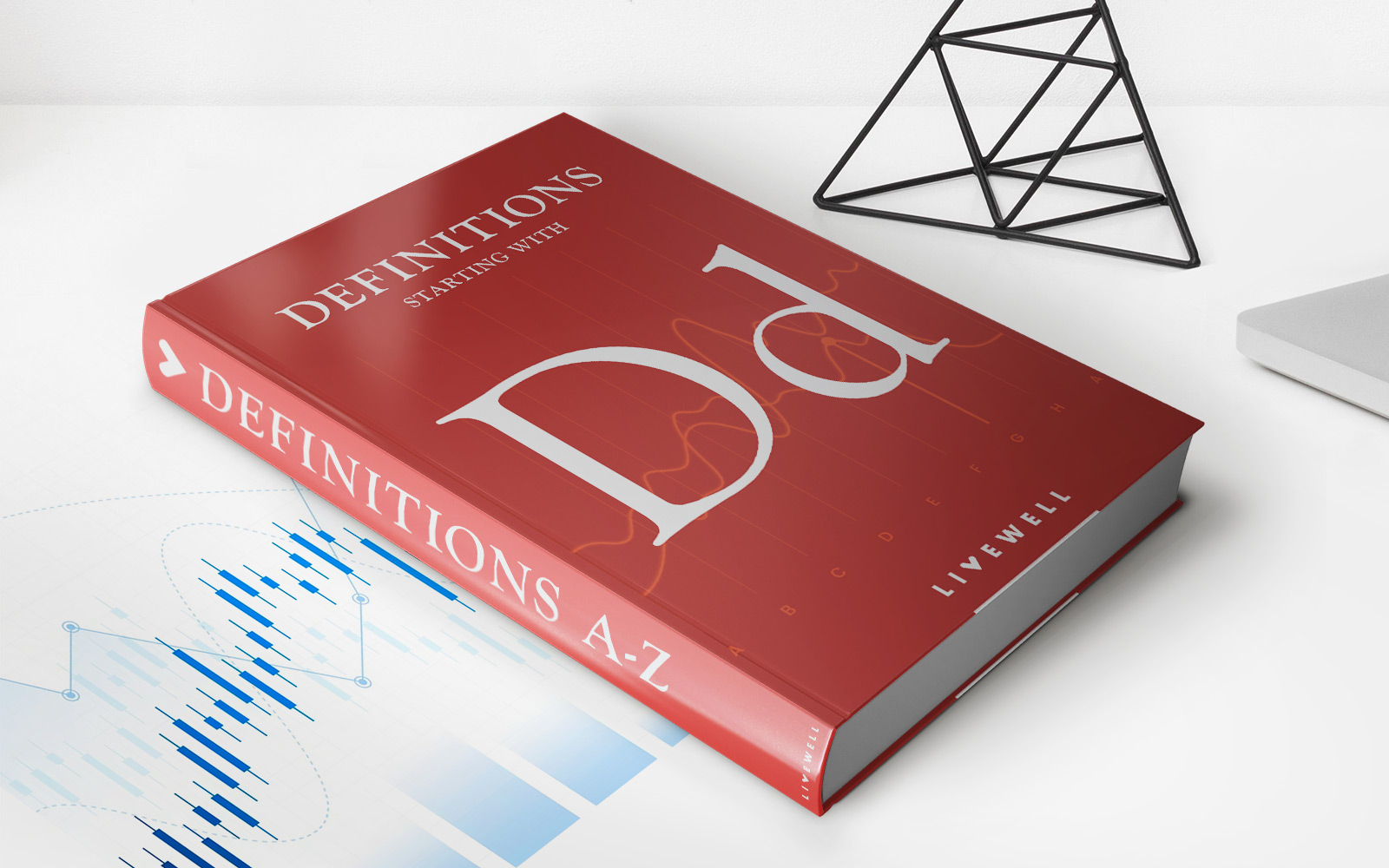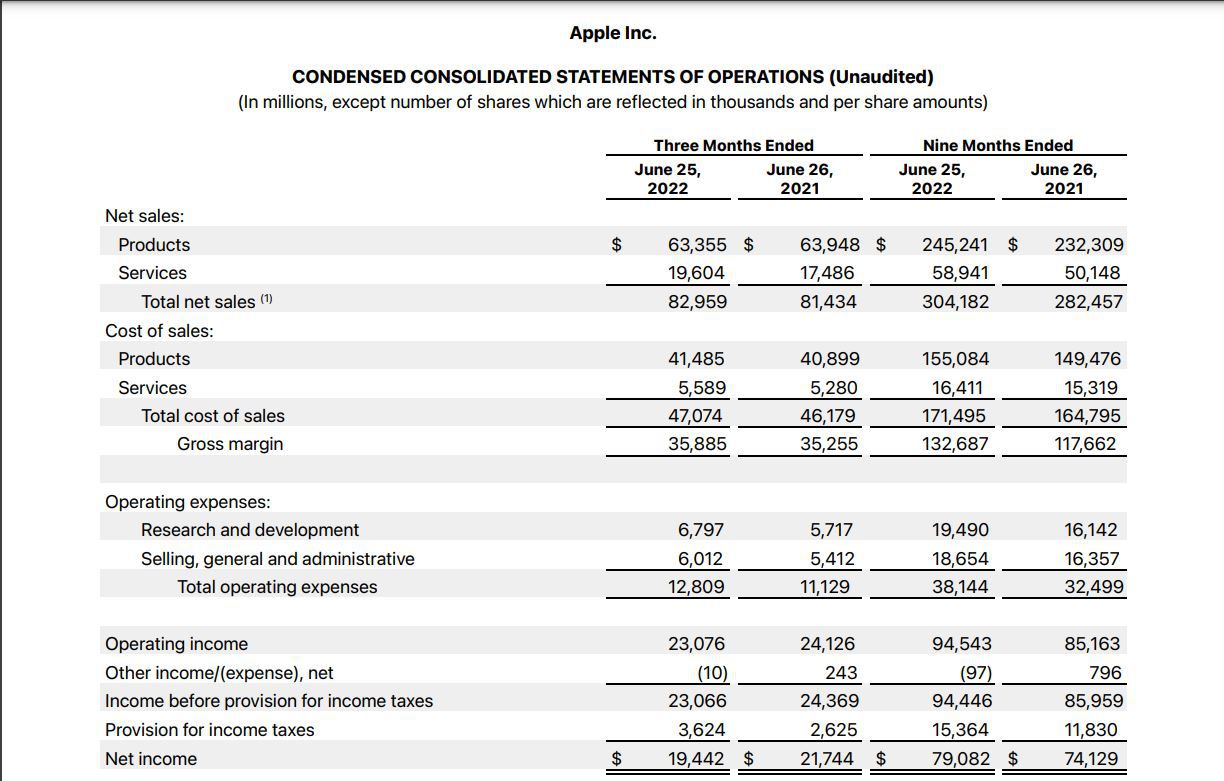

Finance
What Are Drawings In Accounting
Published: October 13, 2023
Learn about the role of drawings in accounting and how they impact your financial statements. Gain a clearer understanding of finance and its impact on your business.
(Many of the links in this article redirect to a specific reviewed product. Your purchase of these products through affiliate links helps to generate commission for LiveWell, at no extra cost. Learn more)
Table of Contents
Introduction
In the world of accounting, financial transactions are carefully documented and recorded to ensure accurate financial reporting and analysis. One important aspect of accounting is the concept of drawings, which refers to the withdrawal of funds or assets by the business owner for personal use. Understanding what drawings are and how they are accounted for is crucial for maintaining accurate financial records and evaluating the financial health of a company.
Drawings can be seen as the opposite of investments or contributions made by the owner into the business. While investments increase the business’s equity, drawings decrease it. These withdrawals are not considered expenses or payments in the traditional sense, as they do not directly impact the performance of the business. Instead, they are personal withdrawals made by the owner or partners for their own benefit.
The purpose of this article is to provide a comprehensive understanding of drawings in accounting, including their definition, purpose, types, methods of recording, examples, effects on financial statements, and the importance of tracking them. By the end of this article, you will have a clear understanding of the role and impact of drawings on a company’s financial position.
Definition of Drawings in Accounting
In accounting, drawings refer to the withdrawal of funds or assets from a business by its owners or partners for personal use. It is important to note that while drawings are commonly associated with sole proprietorships and partnerships, they are not applicable to corporations, as the ownership structure is different.
Drawings can take the form of cash withdrawals, transfers of assets, or the personal use of company resources. These withdrawals are not considered as business expenses since they do not contribute to the generation of revenue or the operation of the business. Instead, drawings are treated separately from the business activities and are reflected in the owner’s equity section of the balance sheet.
Drawings reduce the owner’s equity or the amount of investment they have in the business. This is because the funds or assets withdrawn are no longer being utilized for business purposes and instead become personal assets of the owner or partners. By tracking and recording drawings, businesses can accurately reflect the owner’s equity and ensure that personal withdrawals do not impact the overall financial health and performance of the company.
It is important to distinguish drawings from other types of transactions in accounting. For example, expenses are costs incurred during the normal course of business operations, while drawings are personal withdrawals unrelated to business expenses. Additionally, drawings should not be confused with dividends, which are distributions made to shareholders of a corporation based on the company’s profits.
Now that we have a clear understanding of what drawings are in accounting, let’s explore the purpose behind these withdrawals and why they are relevant in financial reporting.
Purpose of Drawings
The purpose of drawings in accounting is to allow business owners or partners to withdraw funds or assets from the business for personal use. These withdrawals serve as a way for the owners to access the value they have contributed to the business and use it for their own needs or personal expenses. However, the purpose of drawings should not be confused with business expenses or investments, as they are distinct transactions with different implications.
One of the main reasons for drawings is to provide owners with a source of personal income. Small business owners, especially those operating as sole proprietors or in partnerships, often rely on the business’s profits to support themselves and their families. By making regular drawings, owners can access the funds they require to cover personal expenses such as housing, education, healthcare, and daily living costs.
Another purpose of drawings is to facilitate the distribution of profits among partners in a partnership. In a partnership, the profits earned by the business are divided among the partners based on their agreed-upon profit-sharing ratios. Drawings allow partners to withdraw their portion of the profits and use them as personal income. It is important to note that the partners should only withdraw their share of the profits and not more, to maintain the financial integrity of the partnership.
Drawings also serve as a way to separate personal and business assets. By recording and tracking drawings, business owners ensure that their personal withdrawals do not get mixed with the business’s financial transactions. This separation is essential for financial reporting and analysis. It helps in determining the overall financial position of the business and accurately reflects the owner’s equity, which is the amount of investment they have in the business.
Lastly, the purpose of drawings is to establish boundaries between personal and business finances. By clearly defining the funds available for personal use, owners can better manage their personal and business finances separately. This distinction is particularly important when it comes to tax reporting and compliance, as it allows for appropriate categorization of income and expenses for both personal and business purposes.
It is important to note that while drawings serve as a means for owners to access the value they have contributed to the business, excessive or unauthorized drawings can have negative implications. Making excessive drawings can deplete the business’s working capital and hinder its ability to operate effectively. Therefore, it is crucial for business owners to make withdrawals responsibly and in line with the financial needs of the business.
Now that we understand the purpose of drawings in accounting, let’s explore the types of drawings that can occur in a business.
Types of Drawings
In accounting, there are different types of drawings that can occur depending on the nature of the business and the preferences of the owner or partners. Each type of drawing represents a different way in which funds or assets are withdrawn from the business for personal use. Let’s take a closer look at some common types of drawings:
- Cash Withdrawals: This is the most common type of drawing, where the business owner or partners withdraw cash directly from the business’s cash balance for personal use. Cash withdrawals are typically made when there is excess cash available after paying for business expenses and obligations.
- Asset Transfers: In some cases, business owners may withdraw assets from the business and transfer them to their personal ownership. These assets can include vehicles, equipment, or other tangible assets that hold value. The value of the asset withdrawn is considered as the drawings and is recorded accordingly.
- Personal Use of Company Resources: Business owners may also utilize company resources for personal use, such as using business-owned property for personal events or taking personal trips using a company-owned vehicle. These personal uses of company resources are treated as drawings and should be recorded as such.
- Non-Cash Withdrawals: In certain situations, business owners may withdraw assets or goods from the business as a form of drawings without exchanging them for cash. For example, a business owner who runs a retail store may take merchandise home without paying for it, treating it as a non-cash withdrawal.
It’s important to note that the specific type of drawing may vary depending on the business’s structure, legal requirements, and the agreement between the owners or partners. Regardless of the type of drawing, it is crucial to accurately record and track these transactions in the business’s accounting system to maintain the integrity of financial records.
Now that we have explored the types of drawings, let’s dive into how these drawings are recorded in the accounting books.
Methods of Recording Drawings
Recording drawings in the accounting books is essential to maintain accurate financial records and track the withdrawals made by business owners or partners. There are a few different methods that businesses can use to record drawings, depending on their accounting system and the preferences of the owners. Let’s explore some common methods of recording drawings:
- Drawings Account: One common method is to create a separate account called “Drawings” in the owner’s equity section of the balance sheet. Each time a withdrawal is made, it is recorded as a debit to the Drawings account and a credit to the business’s cash or asset account, depending on the type of drawing. This method allows for easy tracking of personal withdrawals and provides a clear picture of the owner’s equity in the business.
- Subtracting from Capital Account: Another method is to directly subtract the amount of the drawings from the owner’s or partner’s capital account. This method effectively reduces their capital or investment in the business, reflecting the personal withdrawals they have made. This approach is commonly used in partnerships where each partner has a separate capital account.
- Journal Entries: Businesses may also choose to record drawings through journal entries. For each withdrawal made, a journal entry is created debiting the Drawing account and crediting the appropriate cash or asset account. This method allows for detailed documentation of each drawing transaction and provides a clear audit trail.
- Proportional Deduction: In certain cases, if the business owner’s personal withdrawals are based on a specific percentage or ratio, such as a predetermined salary or a predetermined percentage of profits, the drawings can be deducted proportionally from the revenues or profits. This method ensures that the owner’s personal withdrawals are in line with their agreed-upon compensation or profit-sharing arrangement.
Regardless of the method chosen, it is crucial to consistently record and track drawings to maintain accurate financial records. These records not only help in evaluating the owner’s or partner’s equity in the business but also serve as crucial information for tax purposes and financial reporting.
Now that we have explored the methods of recording drawings, let’s move on to examine some examples of how drawings are accounted for in practice.
Examples of Drawings in Accounting
To better understand how drawings are accounted for in practice, let’s look at a few examples of different situations where withdrawals may occur and how they would be recorded in the accounting books:
Example 1: Cash Withdrawal: Sarah is the owner of a small retail business. One month, she decides to withdraw $1,000 in cash from the business for personal use. To record this withdrawal, a journal entry would be made debiting the Drawings account for $1,000 and crediting the Cash account for $1,000.
Example 2: Asset Transfer: John, a partner in a construction company, decides to transfer a company-owned vehicle to his personal ownership. The value of the vehicle is $10,000. To record this withdrawal, a journal entry would be made debiting the Drawings account for $10,000 and crediting the Vehicle account for $10,000.
Example 3: Personal Use of Company Resources: Emma, the owner of a catering business, hosts a private event at a venue owned by her business. The fair market value of renting a similar venue is $1,500. To record this withdrawal, a journal entry would be made debiting the Drawings account for $1,500 and crediting the Venue Rental Expenses account for $1,500.
Example 4: Non-Cash Withdrawal: Michael owns a grocery store and decides to take home groceries worth $100 without paying for them. To record this non-cash withdrawal, a journal entry would be made debiting the Drawings account for $100 and crediting the Inventory account for $100.
These examples illustrate how various types of drawings can be recorded in the accounting books. It is important to note that the specific accounts used may vary depending on the business’s chart of accounts and accounting system. However, consistent and accurate record-keeping is crucial to ensure transparency and accountability in financial reporting.
Now that we have seen some examples of drawings in accounting, let’s explore the effects of drawings on the financial statements of a business.
Effects of Drawings on Financial Statements
Drawings, being personal withdrawals made by business owners or partners, have specific effects on the financial statements of a business. Let’s explore the impact of drawings on the three main financial statements:
1. Balance Sheet: Drawings affect the balance sheet by reducing the owner’s equity or the partner’s capital. The amount of the drawings is deducted from the owner’s equity section, resulting in a decrease in the overall equity of the business. This reduction in equity reflects the owner’s or partner’s personal withdrawals and their impact on the financial position of the business.
2. Income Statement: Drawings do not directly affect the income statement since they are not considered business expenses or payments. However, excessive or uncontrolled drawings can indirectly impact the company’s profitability. If the owner consistently withdraws more than the business can afford, it can deplete working capital, hinder the business’s ability to invest in growth, and ultimately affect net income.
3. Cash Flow Statement: Drawings, especially cash withdrawals, are reflected in the cash flow statement as a decrease in the cash from operating activities section. This is because drawings are considered a transfer of funds from the business to the owner and do not contribute to the generation of cash flow from operations.
It is important to note that while drawings have an impact on the financial statements, they should not be viewed as expenses or payments related to the business’s operations. Instead, they are personal transactions separate from the business activities.
Excessive or unauthorized drawings can distort a company’s financial position and make it difficult to assess the true viability of the business. Business owners and partners should approach drawings responsibly and ensure that they do not hinder the financial stability and growth of the company.
Now that we have examined the effects of drawings on the financial statements, let’s delve into the importance of tracking and monitoring drawings in accounting.
Importance of Tracking Drawings
Tracking and monitoring drawings in accounting is of utmost importance for several reasons. Let’s explore the significance of accurately recording and tracking drawings:
1. Financial Integrity: By tracking drawings, businesses ensure the accuracy and integrity of their financial records. Drawings are personal withdrawals that should be separated from the business’s expenses and revenues. Failing to track drawings properly can lead to a misrepresentation of the owner’s equity and distort the financial position of the business.
2. Personal Financial Management: For business owners, tracking drawings is crucial for personal financial management. It allows owners to understand the amount of personal income they are deriving from the business and helps them separate their personal and business finances. Tracking drawings enables owners to assess their personal spending habits and make necessary adjustments to maintain a healthy financial balance.
3. Tax Compliance: Accurate tracking of drawings is essential for tax compliance. Personal withdrawals made through drawings may have tax implications depending on the jurisdiction and regulations. By keeping a record of drawings, businesses can properly categorize personal income and expenses, ensuring compliance with tax laws and regulations.
4. Partnership Accountability: In a partnership, tracking drawings is crucial for maintaining accountability among partners. Each partner should only withdraw their agreed-upon share of the profits. By accurately tracking drawings, partners can ensure that the distribution of profits is fair and in line with the partnership agreement.
5. Financial Analysis: Tracking drawings provides valuable data for financial analysis. By examining the trend of drawings over time, business owners and stakeholders can assess the financial health of the business and make informed decisions. Excessive or inconsistent drawings can indicate financial instability or improper management of personal finances, which may require corrective actions.
6. Investor Confidence: For businesses seeking external investment, accurately tracking drawings is essential to demonstrate financial discipline and stability. Investors want to ensure that the business is being managed responsibly, and uncontrolled or excessive drawings may raise concerns about the owner’s commitment to the business’s success.
Overall, tracking drawings is essential for maintaining financial transparency, personal financial management, compliance with tax regulations, partnership accountability, financial analysis, and investor confidence. Businesses should establish proper systems and processes to accurately record and monitor drawings to ensure a solid financial foundation.
Now that we have explored the importance of tracking drawings, let’s conclude our discussion.
Conclusion
Drawings in accounting play a crucial role in reflecting personal withdrawals made by business owners or partners for their personal use. Understanding what drawings are and how they are recorded is essential for maintaining accurate financial records and evaluating the financial health of a business.
In this article, we explored the definition of drawings and their purpose in accounting. We examined various types of drawings, including cash withdrawals, asset transfers, personal use of company resources, and non-cash withdrawals. We also discussed different methods of recording drawings, such as using a separate Drawings account or subtracting from the owner’s or partner’s capital account.
Furthermore, we discussed the effects of drawings on the financial statements, highlighting how drawings impact the balance sheet, income statement, and cash flow statement. By accurately tracking and monitoring drawings, businesses maintain financial integrity, facilitate personal financial management, ensure tax compliance, foster partnership accountability, enable financial analysis, and enhance investor confidence.
It is important for business owners and partners to approach drawings responsibly and avoid excessive or unauthorized withdrawals that could negatively impact the financial stability and growth of the company. By maintaining transparency and accurately documenting drawings, businesses can make informed financial decisions and ensure the overall success of the business.
In conclusion, understanding and effectively managing drawings in accounting is vital for maintaining the financial well-being of a business and the personal finances of its owners or partners. By appropriately recording and tracking drawings, businesses can navigate their financial landscape with clarity, ensuring accurate financial reporting and promoting sound financial management.














